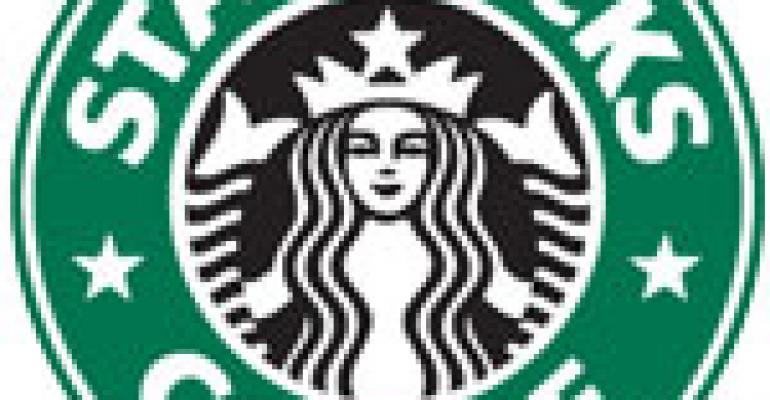SEATTLE After booking a near 70-percent drop in first-quarter profit, Starbucks Corp. said Wednesday it would close an additional 300 locations, pull back further on development and reduce its workforce by as many as 6,700 positions this year to become a “leaner and more nimble company.”
The company is struggling to cut costs in light of declining store traffic throughout its more than 16,000 locations. Starbucks’ latest moves follow last year’s plans to shutter more than 660 stores in the United States and Australia and to cut about 1,000 jobs.
Asmaller Starbucks would make it more able to respond quickly to changing market conditions, said Howard Schultz, the Seattle-based company’s chairman, president and chief executive.
“We are navigating the storm,” Schultz said, “and we will emerge from it leaner, stronger and better positioned.”
Starbucks is in the midst of a sales freefall as consumer weakness is accelerating, and many coffee drinkers are forgoing luxuries such as $4 lattes. For the latest quarter ended Dec. 28, same-store sales fell 10 percent at U.S.-based Starbucks outlets.
To better compete, Schultz said that Starbucks would begin offering affordably priced “breakfast pairings” in March, though he declined to offer details. The move will “aggressively push back on misperceptions of our affordability,” Schultz said.
Starbucks has long resisted the temptation to compete with lower pricing, arguing that the coffeehouse chain offers an experience that cannot be found at cheaper alternatives.
Of the 300 Starbucks locations that are joining the ranks of the soon-to-be-shuttered, 200 are in the United States, and most of the closures are expected to occur during the company’s current fiscal 2009, which ends in September. Of the 600-plus stores that were targeted for closure last year, 384 have already closed.
Seven hundred non-store job cuts, about half of which will come from Starbucks’ support center in Seattle, were announced Wednesday, and combined with positions at shuttered locations, Starbucks’ system could see job losses totaling 6,700 this year.
In addition, officials said the chain is further backing off on new store openings by reducing the number of expected new stores in the United States to 140 from the previously projected 200. Overseas, the company now plans to open 170 new stores this year, down from the previously projected 270. The slowed growth is expected to reduce capital expenditures for the year by about $100 million, to a total of $600 million.
While the store closures and slowed growth — as well as other labor efficiencies — will result in a drastic workforce reduction during the year, officials said that every effort would be made to relocate store employees to other locations. About 70 percent of the 12,000 displaced workers from the original round of store closures had been reassigned to other locations, the company said.
Amid the closures, Starbucks said its top executive would not receive bonuses or salary increases this year, and that Schultz’s salary was reduced from $1.2 million to less than $10,000. The company also noted that it plans to sell one of its two corporate planes.
The cost-cutting will reduce corporate expenses by $500 million this year, Starbucks said. In December, the company had said original measures would reduce expenses by $400 million.
For the quarter ended Dec. 28, Starbucks reported earnings of $64.3 million, or 9 cents per share, compared with year-ago earnings of $208.1 million, or 28 cents per share. The company booked $75.5 million in pre-tax restructuring charges, largely related to the domestic store closures, in the latest quarter. Excluding that charge, the company would have earned 15 cents per share.
Revenues fell 6 percent to $2.6 million in the latest quarter. Same-store sales fell 9 percent.
The 11,537 U.S.-based Starbucks locations booked revenues of $2 billion, a decline of $121 million, or 6 percent, from a year ago. The slide was driven mainly by a 10-percent dip in same-store sales, which reflected a 6-percent decline in traffic and a nearly 5-percent drop in value per transactions.
On a positive note, Schultz said the chain sold about 26 million Starbucks cards during the holiday season, which were loaded with about $560 million, despite projections that had called for less gift cards sales in the unstable U.S. economic climate.
Schultz said the card program proved to be a “powerful asset” driving sales during difficult times.
Starbucks plans to continue its emphasis on ready-to-drink beverages, as well as expanding its franchising program for secondary cafe brand Seattle’s Best. Schultz noted that some of the closed Starbucks sites could “provide an attractive conversion opportunity” for potential Seattle’s Best franchisees.
Contact Lisa Jennings at [email protected].




